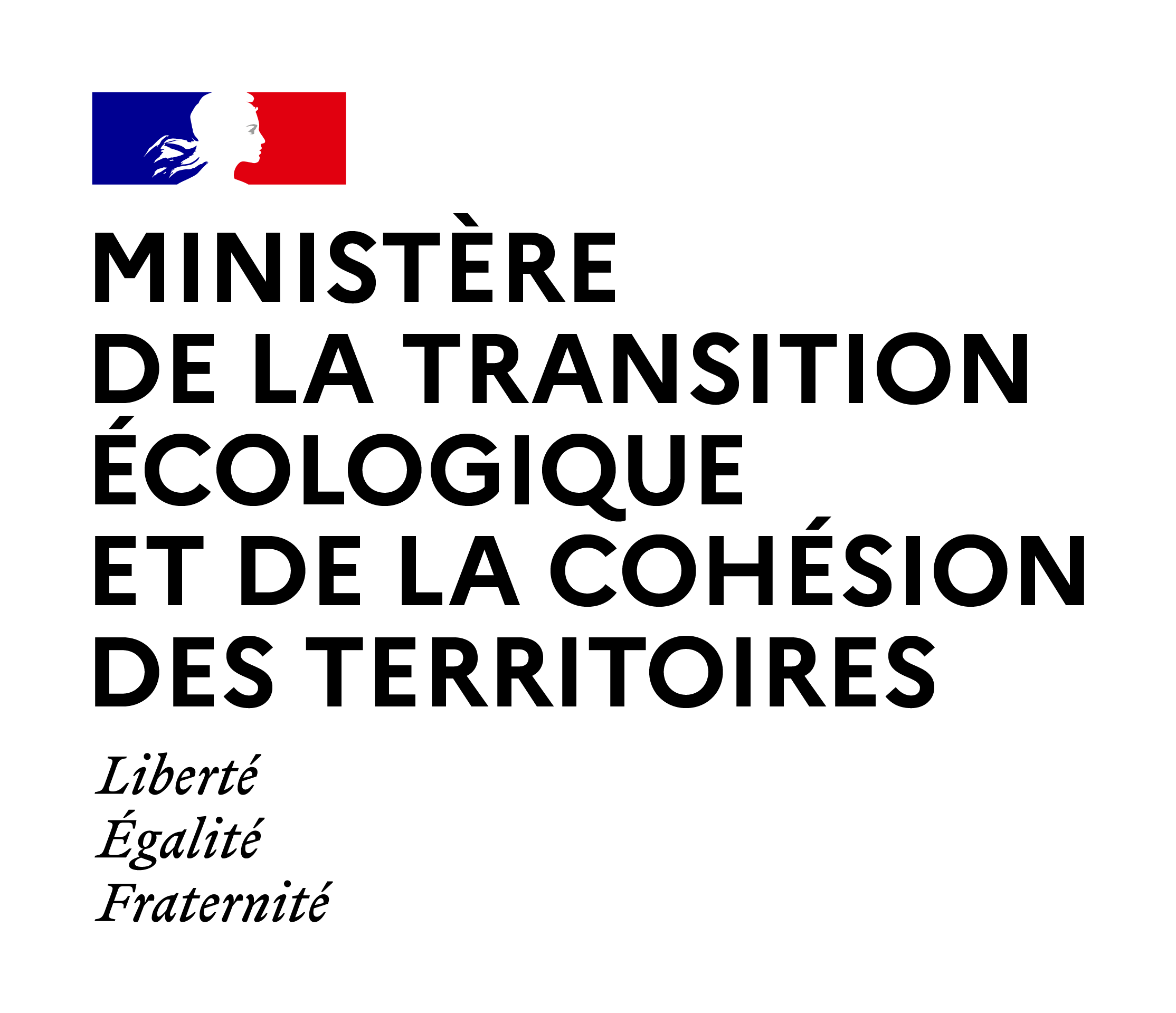La pollution de l’air par les particules est une problématique sanitaire majeure. La caractérisation de la composition chimique de celles-ci permet de mieux comprendre leurs origines et ainsi de mieux orienter les actions visant à réduire la pollution par les particules. Les observatoires français de mesure et d’évaluation en zone rurale de la pollution atmosphérique à longue distance (MERA) et de caractérisation chimique des particules (CARA) y contribuent depuis plusieurs années. Leurs travaux mettent notamment en évidence une baisse globale des concentrations en nitrate, ammonium et sulfate non marin dans les particules de diamètre inférieur à 2,5 µm (PM2,5) sur la période 2011-2019. En revanche, la concentration en matière organique, espèce majoritaire au sein de ces particules, ne suit pas de tendance globale. Grâce à des progrès métrologiques, la composition chimique des particules peut aujourd’hui être suivie en temps quasi réel.
Monitoring the chemical composition of atmospheric particles in France: synergies in the national observatories
Air pollution by particles is a major health issue. Characterizing the chemical composition of these particles makes it easier to understand their origins and thus better direct the actions to combat them. The French national observatories for the Measurement and Assessment of Long-distance Atmospheric Pollution in Rural Areas (MERA) and for the Chemical Characterization of Particles (CARA) have been contributing to this for several years now. In particular, their work demonstrates an overall decrease in concentrations of nitrate, ammonium and non-marine sulphate in particles with a diameter of less than 2.5 μm (PM2.5) over the 2011-2019 period. However, the concentration in organic matter, major chemical components of these particles, is not following the overall trend. Due to progress in metrology, it is now possible to monitor the chemical composition of particles in near real-time and, in particular, to provide information on the contribution of different combustion sources during episodes of pollution. The synergy between the MERA and CARA observatories makes it possible to plan new projects aiming to improve our knowledges of the processes of fine particles (trans)formation.
Air pollution by particles is a major health issue. Characterizing the chemical composition of these particles makes it easier to understand their origins and thus better direct the actions to combat them. The French national observatories for the Measurement and Assessment of Long-distance Atmospheric Pollution in Rural Areas (MERA) and for the Chemical Characterization of Particles (CARA) have been contributing to this for several years now. In particular, their work demonstrates an overall decrease in concentrations of nitrate, ammonium and non-marine sulphate in particles with a diameter of less than 2.5 μm (PM2.5) over the 2011-2019 period. However, the concentration in organic matter, major chemical components of these particles, is not following the overall trend. Due to progress in metrology, it is now possible to monitor the chemical composition of particles in near real-time and, in particular, to provide information on the contribution of different combustion sources during episodes of pollution. The synergy between the MERA and CARA observatories makes it possible to plan new projects aiming to improve our knowledges of the processes of fine particles (trans)formation.




